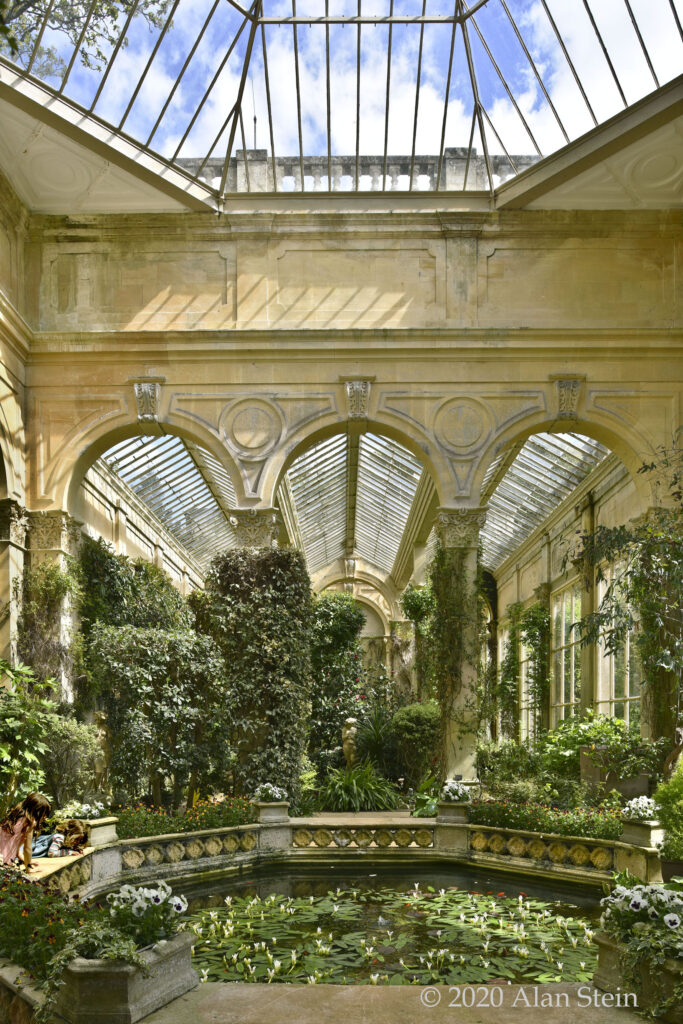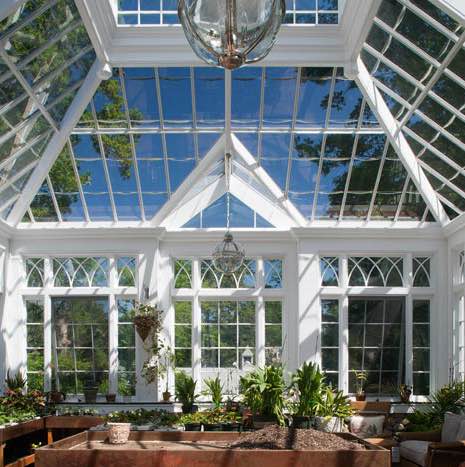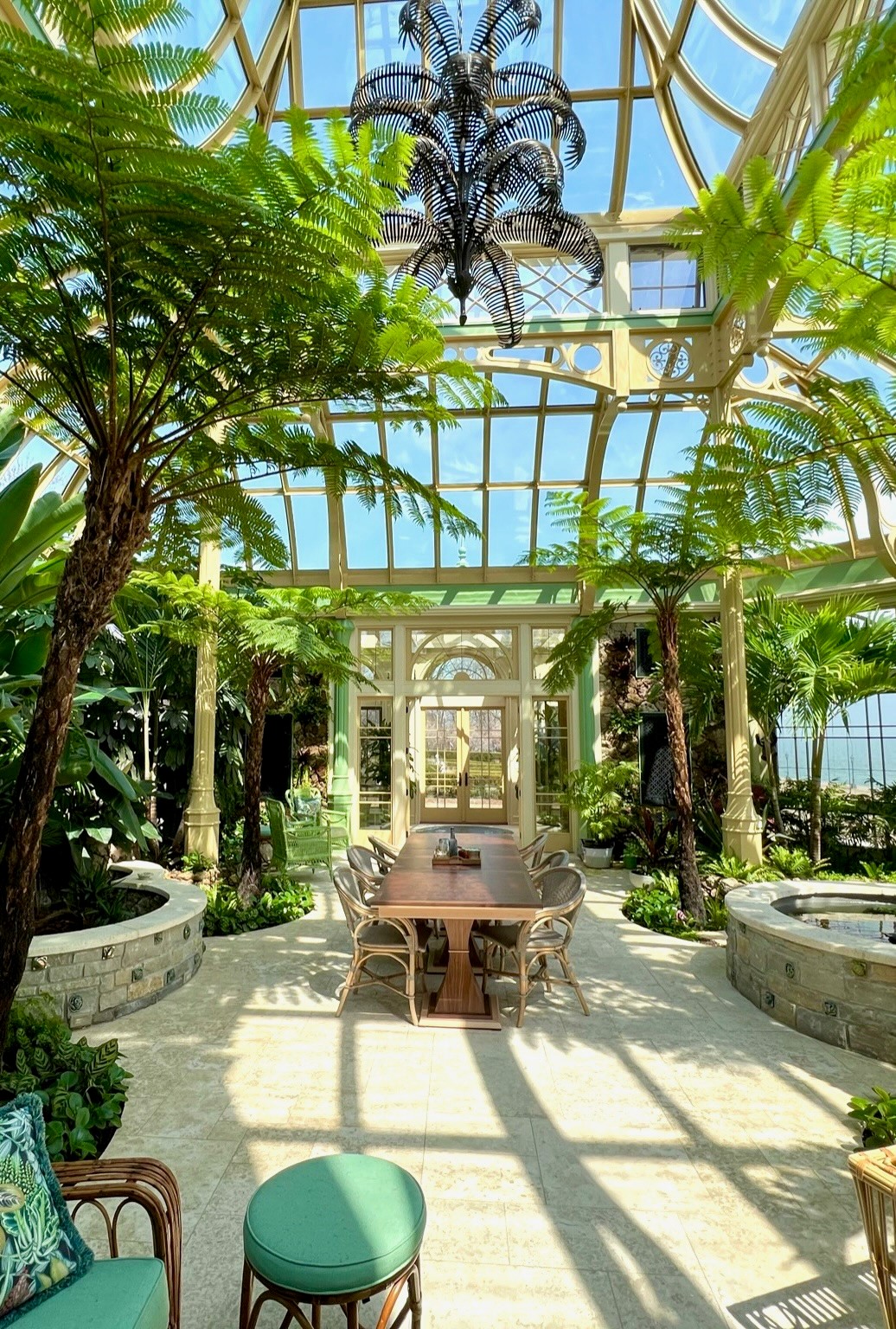Luxury and sustainability are no longer on opposite ends of the spectrum — they are working together. And nowhere is this more visible than in the rising appeal of high-end, luxury estate greenhouses. These are not just spaces to grow herbs and tomatoes or to cultivate a rare exotic plant collection. They are high-design architectural features, wellness hubs, and lifestyle statements that reflect a deeper commitment to our personal well-being and to the planet.
But their journey to becoming the greenhouses we recognize today is a rich story — one rooted in science, beauty, and status.
The Evolution of Conservatories and Greenhouses
In 18th and 19th century Europe, conservatories were more than just architectural marvels — they were living reflections of status, science, and health. Built to house exotic plants and protect delicate citrus trees from harsh winters, these structures were hallmarks of wealth and taste. Often attached to sprawling estates, conservatories blended botany with architectural ambition, featuring intricate metalwork, soaring glass ceilings, and classical detailing that turned practical spaces into symbols of refinement.

But beyond their beauty, conservatories served vital roles in the lives of the elite. Wealthy families used these sun-filled spaces to cultivate rare fruits, vegetables, and medicinal plants year-round — ingredients that were critical to health and healing long before modern refrigeration or pharmaceuticals. Fresh citrus, grown under glass, became a powerful weapon against scurvy. Herbal gardens supported early forms of medical research and home remedies. The ability to access fresh, nutrient-rich foods in any season was seen not just as a luxury but as a major advantage for longevity and wellness.
Owning a conservatory also aligned with the intellectual trends of the time. It showcased a connection to exploration, global trade, and scientific curiosity — a way to bring the far corners of the world into one’s own home, under careful cultivation. Travel journals, botanical collections, and medicinal studies often found their practical counterpart inside these glass sanctuaries.
From displaying rare botanical treasures gathered abroad to growing fruits and herbs vital for health, the conservatory represented both personal prestige and a proactive approach to wellness — a concept that resonates even more strongly today. That legacy carries forward into the modern greenhouse movement, reimagined for today’s priorities: sustainability, health, and a deeper connection to how we live with nature.
Learn more about their fascinating journey in our book: The Conservatory: Gardens Under Glass.
The Impact of Modern-Day Estate Greenhouses
Today’s luxury estate greenhouses take cues from historic conservatories with a deep appreciation for both function and form, but their impact on the world around them has grown. There is power in growing your own food — and not just nutritionally. When you harvest produce from your own greenhouse, you are cutting out transport, packaging, and food waste. You know what went into the soil, and what did not. You are creating a direct relationship with your food — something increasingly rare.

This act, once seen as basic or old-fashioned, has become a new kind of luxury. Not for show, but for intention. Self-growing is a choice to live with more awareness — of seasons, of ingredients, of impact.
Estate Greenhouses: Beauty and Purpose
These luxury estate greenhouses are sculptural presences — works of art that grow food and florals. Their glass walls reflect the sky, invite light, and create a seamless connection between indoors and nature. They support sustainability, health, and a more intentional lifestyle — all while elevating the space around them. A modern estate greenhouse is not just something you use. It’s something you live with. And it should look as good as it makes you feel.
What started as a way to protect delicate trees in royal gardens has evolved into a personal solution for sustainable living. Today’s luxury estate greenhouse reflects a shift in values — one that sees beauty and purpose as equally essential.
This Earth Day, the message is simple: caring for the planet can be beautiful. A greenhouse can be a statement piece, yes — but also a quiet revolution in how we live, eat, and think about luxury.

